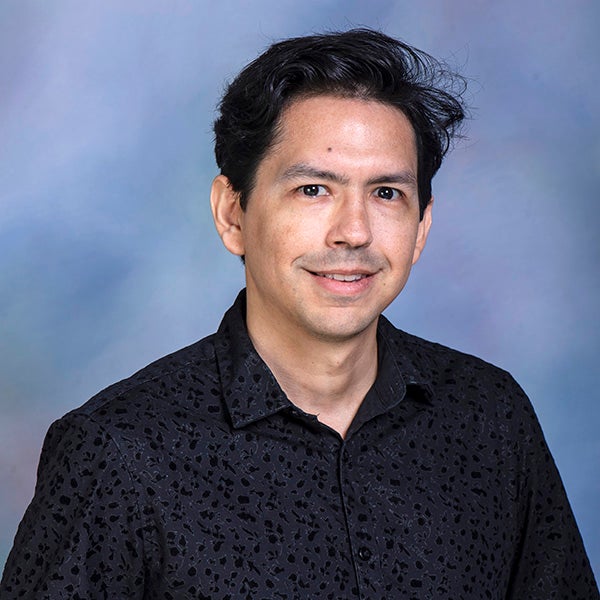The Ken Kennedy Institute's April Member of the Month: Vicente Ordóñez-Román, Associate Professor of Computer Science.
Vicente's research interests lie at the intersection of computer vision, natural language processing and machine learning. His focus is on building efficient visual recognition models that can perform tasks that leverage both images and text. At Rice University, he is part of the vision, language and learning (vislang) lab.
Vicente is a recipient of a Best Paper Award at the conference on Empirical Methods in Natural Language Processing (EMNLP) 2017 and the Best Paper Award — Marr Prize at the International Conference on Computer Vision (ICCV) 2013. He has also been the recipient of an NSF CAREER Award, an IBM Faculty Award, a Google Faculty Research Award, and a Facebook Research Award.
How do you explain your research in one sentence?
Our research aims to uncover how to most effectively build models that can perform tasks intelligently by learning from large collections of images and text.
How does your work impact the community at large?
We collaborate with companies and produce open-source software that has allowed better image-based retrieval for product images, improved models for automatic visual illustration of stories, or models for visual recognition that are more interpretable and transparent. Our work has also raised awareness of biases in visual and text generation models and has proposed ways to mitigate them.
What kind of collaborations are you looking for at Rice and within the community?
I am looking to tackle bigger problems that need more than one discipline to solve them. I would like to improve education by providing improved tools that enhance human learning experiences, study natural phenomena through images and video, and provide assistive technologies to improve human daily life.
How do you see computation and data advancing in the future?
We need to develop models of computation that are more energy efficient both at the software and hardware level – and we need data collection practices that allow for collaborative models and fair models of reward allocation.
How do you see the Ken Kennedy Institute supporting you and/or your research?
The Institute has helped in providing forums for the exchange of ideas and has helped to spark conversations through invited speakers that appeal to a wide audience. One of my students has also been partially supported by a fellowship and has helped connect with local energy companies.
What is your favorite book or movie?
I don’t have a single favorite book or movie, but I will say I like learning from diverse human experiences and knowledge through books and movies. An example of a book I read recently was Babel: Around the World in 20 Languages by Gaston Dorren – I enjoyed learning about different properties of languages around the world. I also read From Asia Minor to New York: A Memoir by Theo Pavlidis, who tells the story of coming to America from a professor I met in graduate school. I increasingly find myself reading books from people I have met in real life.
Do you have any words of inspiration would you like to share?
For students who are reading this and are navigating research, perhaps the most important advice I could give is to be persistent and ambitious. There are many times in my career where looking back I could have given up without realizing that some big success was going to take place.
_
Learn more about Vicente here.

